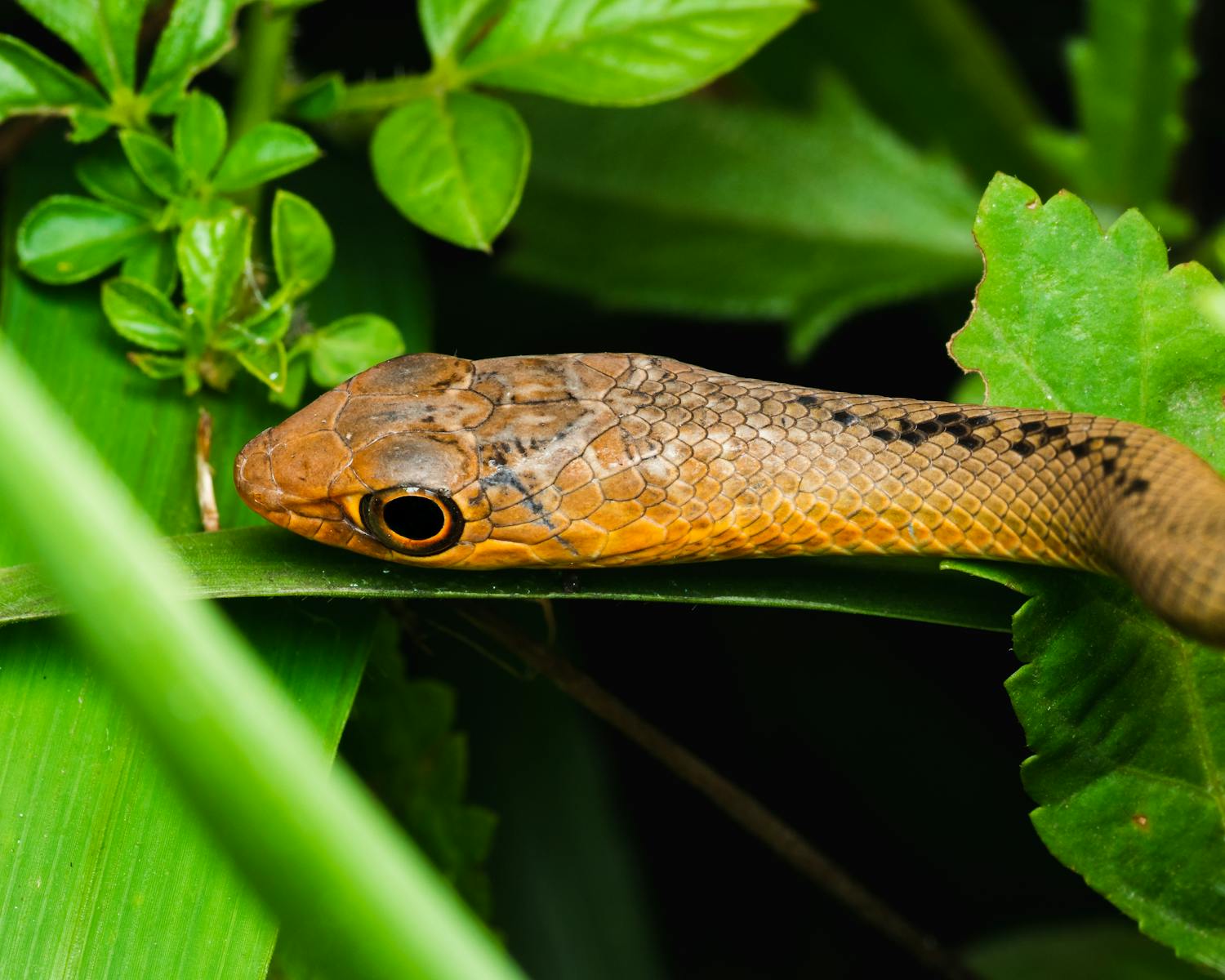Snakes slither through the collective consciousness of African cultures with profound symbolic weight, carrying meanings as diverse as the continent itself. From the deserts of North Africa to the rainforests of Central Africa and the savannas of the east and south, serpents occupy a special place in traditional storytelling, religious practices, and cultural symbolism. These reptiles, with their mysterious nature and distinctive characteristics, have inspired awe, fear, reverence, and fascination across generations of African peoples. In many African societies, snakes represent more than just animals—they embody ancestral spirits, divine messengers, symbols of fertility, guardians of sacred knowledge, and harbingers of both fortune and misfortune. This rich tapestry of snake symbolism reflects the complex relationship between humans and these creatures in African folklore and legends.
The Primordial Serpent in Creation Myths
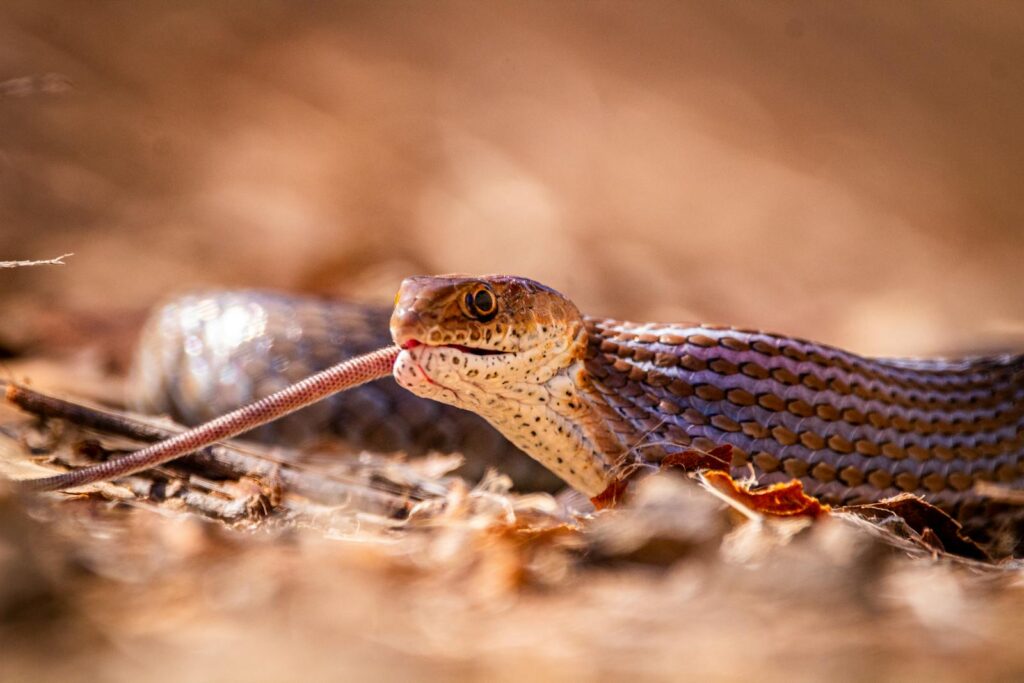
Across numerous African cosmologies, serpents feature prominently in creation narratives, often representing primordial forces that existed before humanity. In the mythology of the Fon people of Benin, the cosmic serpent Aido Hwedo carried the creator deity Mawu in its mouth as she formed the mountains, valleys, and other features of Earth. This massive rainbow serpent then coiled beneath the newly created world to support it, explaining why the Earth sometimes trembles when Aido Hwedo shifts position. Among the Dogon people of Mali, the creation myth involves Nommo, a water spirit who transforms into a serpent to bring civilization and agriculture to humanity. These creation stories position snakes as ancient beings intimately connected to the very fabric of existence, predating human arrival and participating in the world’s formation.
Snake Deities in African Pantheons

Several African religious traditions feature serpents as deities or as manifestations of divine power. In ancient Egypt, the cobra goddess Wadjet served as a protective deity of Lower Egypt, with her image adorning the pharaoh’s crown as a symbol of royal authority and divine protection. The Dahomey religion venerated Dan, a serpent deity who encircled the world and represented continuity, wisdom, and mobility between the worlds. In Yoruba traditions of West Africa, Oshumare appears as a rainbow serpent that connects heaven and earth, symbolizing prosperity and continual renewal. These serpent deities were not simply feared but actively worshipped, with temples, priests, and elaborate rituals dedicated to honoring their power and securing their favor for communities and individuals alike.
Ancestors Embodied as Snakes
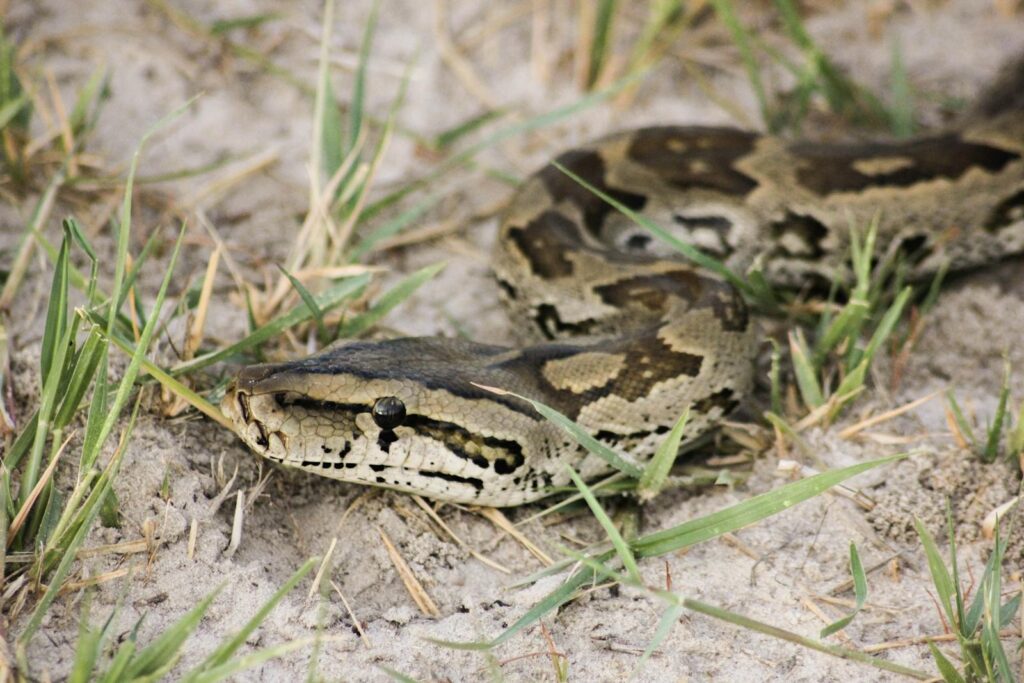
One of the most widespread beliefs across sub-Saharan Africa is the association between snakes and ancestral spirits. Among the Zulu, Xhosa, and other Nguni peoples of Southern Africa, certain snake species are believed to embody the spirits of ancestors who visit their descendants. The green or brown house snake that appears in a home is often treated with respect and even welcomed as a visiting ancestor bringing protection or messages from the spirit world. Among the Shona people of Zimbabwe, domestic pythons may represent the presence of ancestral spirits watching over the family compound. This belief necessitates careful behavior around snakes encountered near homes, as harming such a creature might constitute disrespect toward one’s lineage and bring misfortune upon the household. These traditions demonstrate how snake encounters are interpreted within broader frameworks of family continuity and ancestor veneration.
Snakes as Guardians of Sacred Knowledge
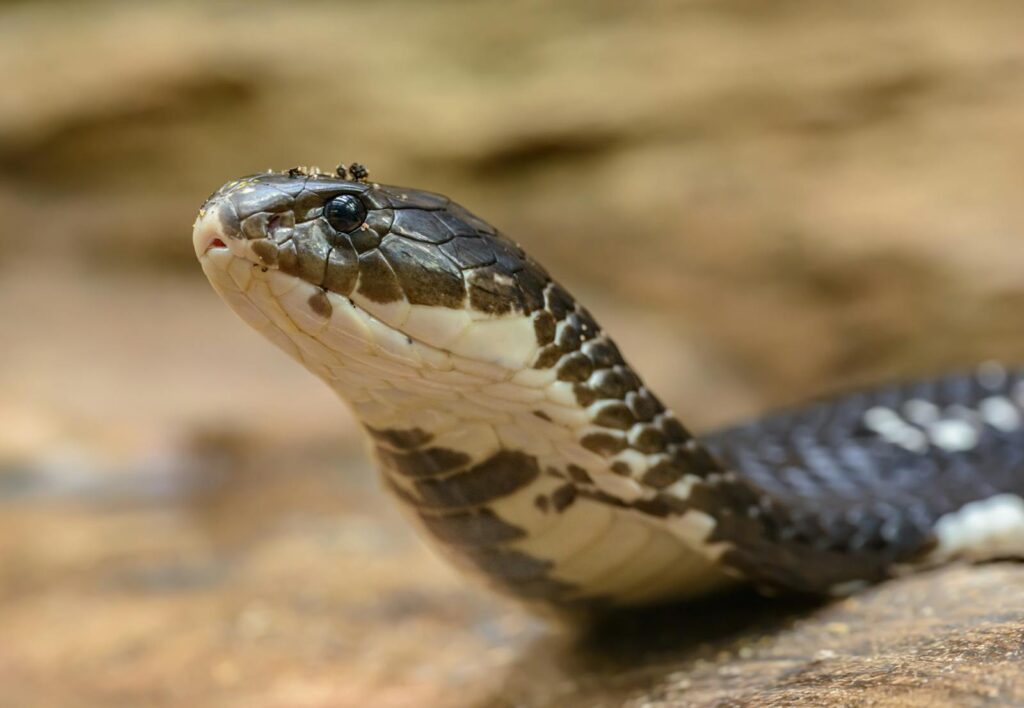
In numerous African traditions, serpents are portrayed as keepers of profound wisdom and secret knowledge. The Bambara people of Mali tell stories of Faro, a divine being sometimes depicted as a snake who brought knowledge and civilization to humanity. Among various West African cultures, pythons are associated with divination practices, with certain religious specialists interpreting the patterns of snake movement or consulting spiritual forces embodied in serpent form. The wisdom of serpents is often linked to their perceived qualities—their ability to shed skin suggesting renewal and transformation, their silent movement representing discretion, and their deadly venom symbolizing powerful knowledge that must be handled with care. This association between snakes and wisdom extends to secret societies and initiation rituals, where serpent symbolism often marks the transmission of privileged knowledge to new initiates.
The Ambivalent Nature of Snake Symbolism

African folklore rarely portrays snakes as simply evil or good, instead recognizing their fundamentally ambivalent nature. A single snake species might be simultaneously feared as dangerous and respected as sacred, depending on context and behavior. The python in West African traditions can represent both overwhelming destructive force and benevolent protection, while the cobra in Egyptian mythology symbolizes both deadly peril and divine guardianship. This duality reflects a sophisticated understanding of nature’s complexity, where power itself is neutral but its application determines its moral value. In many folktales, a snake’s behavior toward humans often mirrors how those humans have behaved toward nature or other beings, suggesting an underlying moral order where respect generates protection and disrespect invites danger.
Snake-Human Transformation Tales
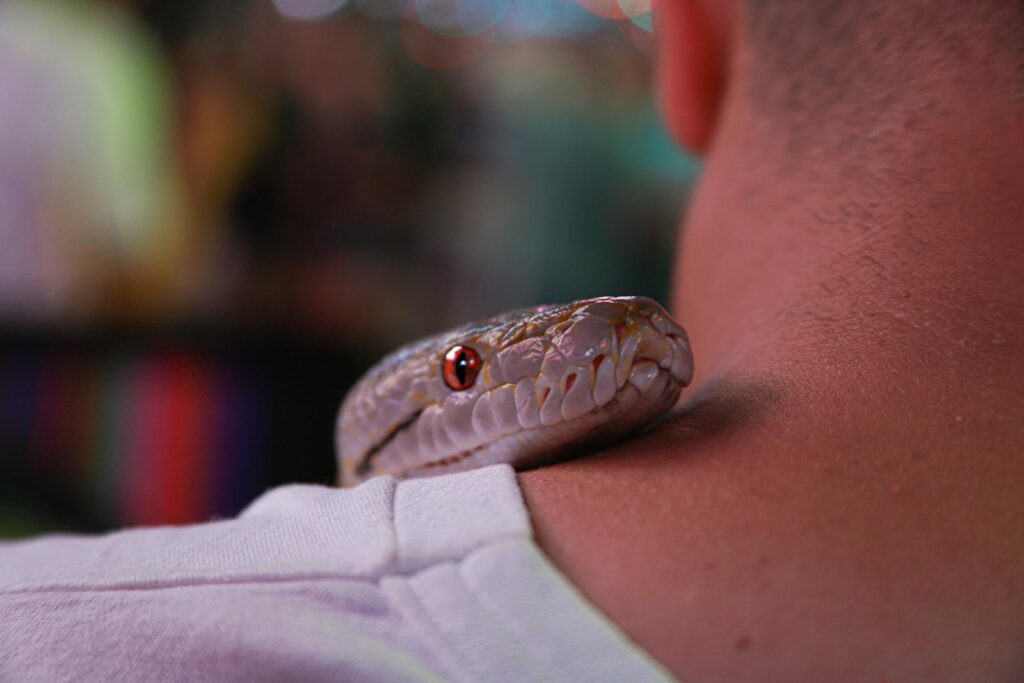
Stories of shapeshifting between human and serpent forms appear frequently in African folklore, often exploring themes of dual identity and hidden nature. The Mende people of Sierra Leone tell stories of powerful individuals who can transform into pythons, using this ability either for protection or predation. In East African folklore, beautiful women who are secretly serpents feature in cautionary tales about deception and the dangers of superficial attraction. The Edo people of Nigeria share legends of snake-human marriages, where a spouse’s serpent nature is revealed only after the wedding, often leading to complex negotiations between the human and animal worlds. These transformation narratives serve multiple purposes—they entertain while also conveying social warnings, explaining natural phenomena, and exploring the permeable boundaries between human, animal, and spirit realms.
Snakes as Fertility Symbols
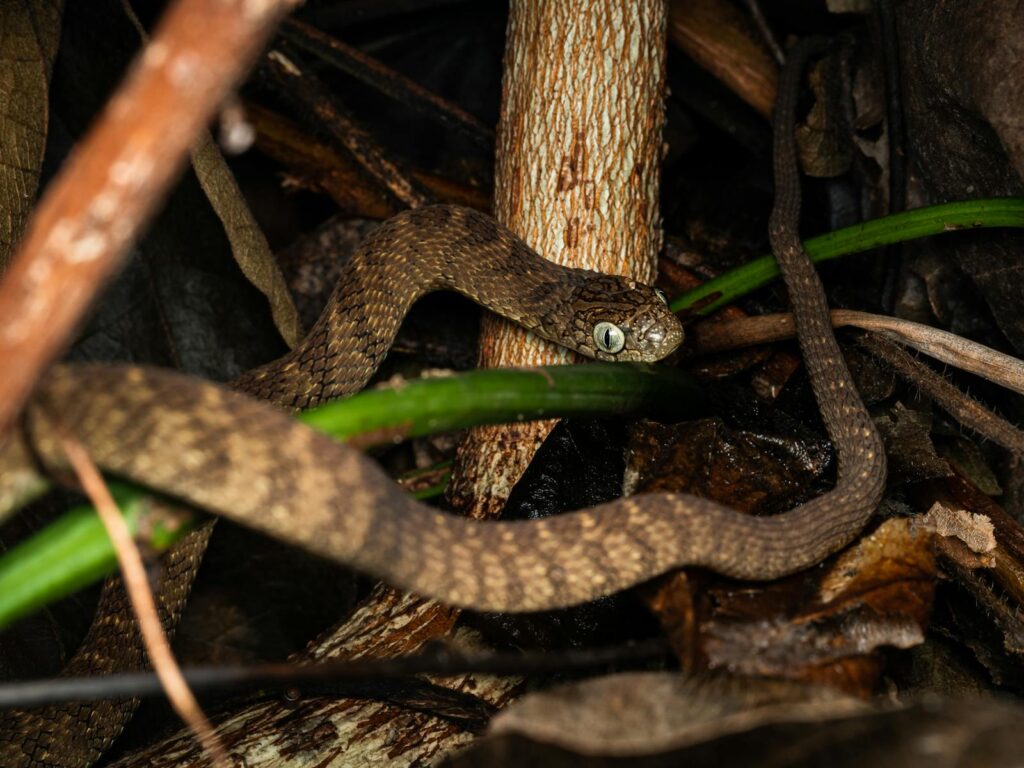
The association between snakes and fertility runs deep in African symbolism, connected to their ground-dwelling nature and reproductive capabilities. Among the Dogon of Mali, the serpent’s sinuous movement is linked to water, which in turn connects to agricultural abundance and human reproduction. The python features prominently in fertility rituals among various West African groups, with its size and strength symbolizing potency and its laying of numerous eggs representing fecundity. In some communities, women seeking to conceive might wear snake amulets or participate in rituals involving snake imagery. This connection between serpents and life-giving powers extends beyond human reproduction to agricultural fertility, with snake ceremonies sometimes coinciding with planting seasons or rainfall prayers, recognizing the interconnection between human, animal, and vegetative reproduction cycles.
Snakes in Divination and Healing Practices
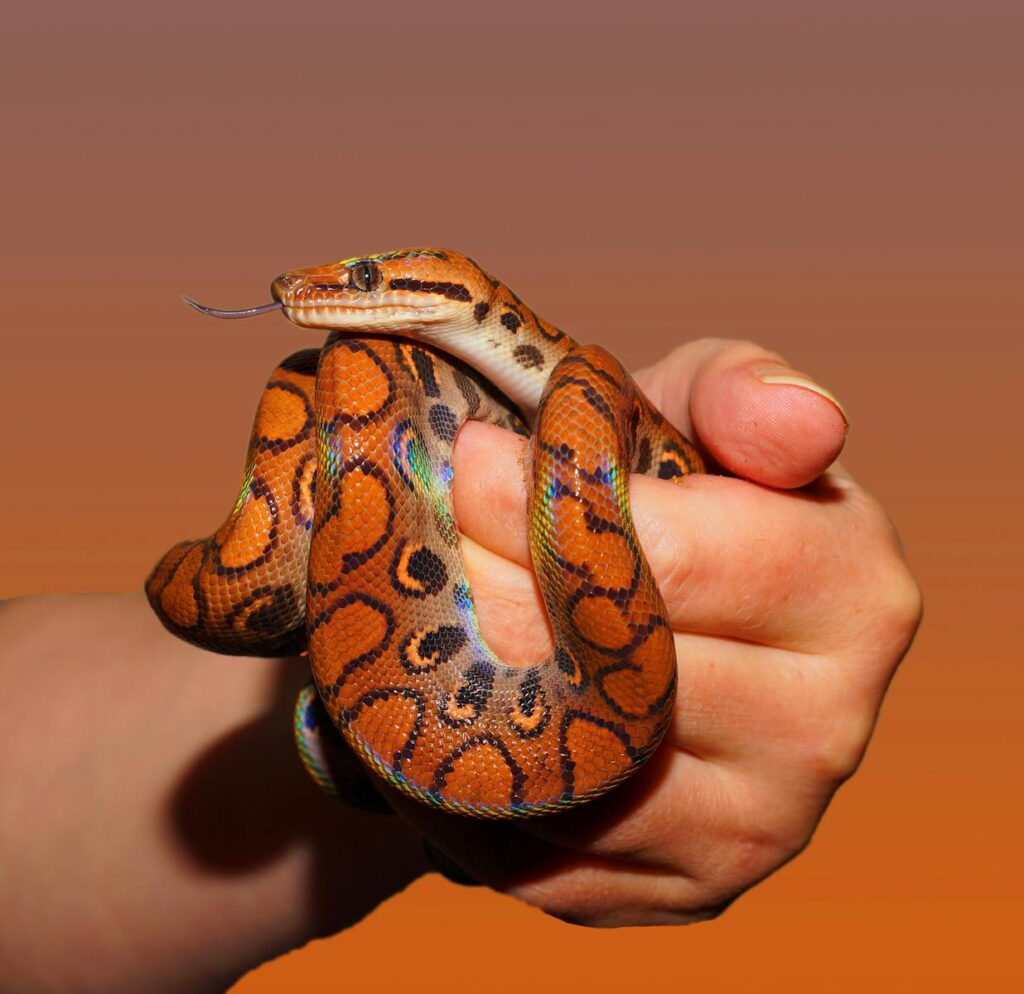
Across the continent, snakes play significant roles in traditional healing and divination systems. Among the Bono people of Ghana, certain traditional healers claim to receive their medical knowledge directly from encounters with sacred serpents who reveal plant remedies through dreams or waking visions. Snake parts—including skin, venom, and fat—feature in traditional pharmacopeias for treating various ailments, from snakebite itself to fertility issues and chronic diseases. In divination practices, the movement patterns of certain snakes may be interpreted as omens or answers to questions posed by community members seeking guidance. The famous python divination of the Bambara involves the interpretation of patterns created when a living python moves through specially prepared sand or flour, revealing messages from the spirit world that help guide individual and communal decisions.
Mythical Serpents and Fantastic Beasts
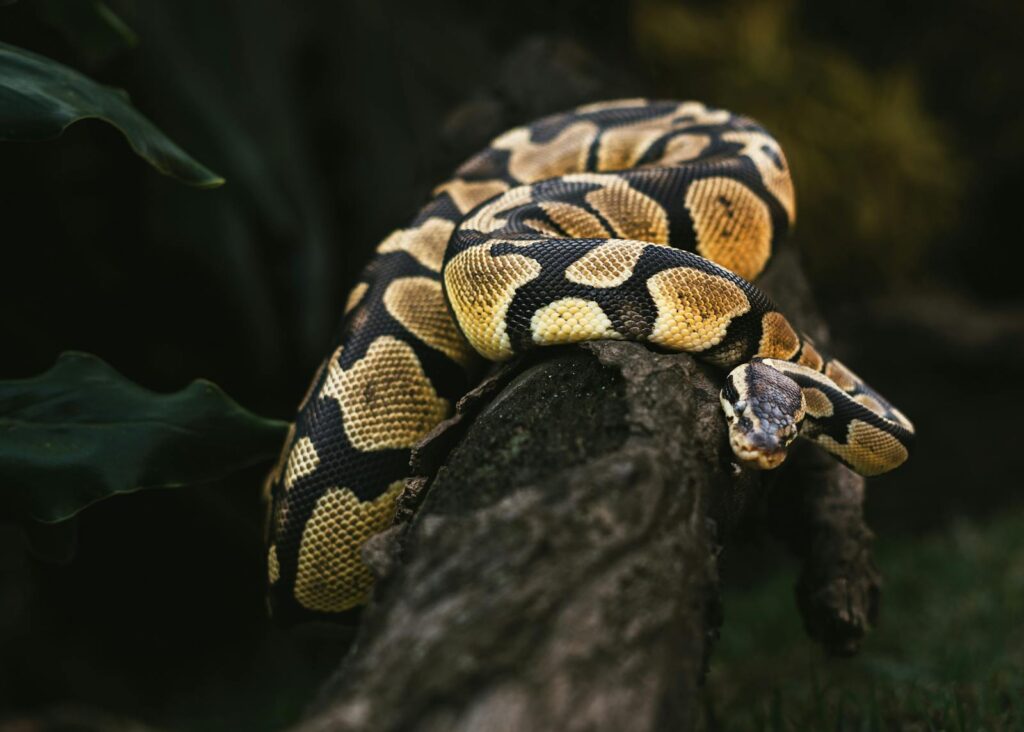
Beyond ordinary snakes, African folklore abounds with mythical serpent beings of extraordinary size, magical abilities, or composite forms. The Nyaminyami of the Tonga people is a river spirit with the head of a fish and the body of a snake who dwells in the Zambezi River, controlling its flow and protecting those who respect its waters. The Inkanyamba of Zulu tradition is a massive serpent associated with tornadoes and violent storms, believed to inhabit certain waterfalls and mountain pools. Stories from the Congo Basin describe enormous serpents capable of swallowing elephants whole or bringing destruction to villages that have broken taboos. These mythical serpents often serve as explanations for natural phenomena, from weather events to geological features, while simultaneously reinforcing cultural values regarding respect for natural forces and sacred locations.
Snake Symbolism in Visual Arts and Material Culture

The serpent motif appears prominently in African artistic traditions across media and regions, demonstrating its cultural significance. In West African bronze casting, stylized serpents adorn royal regalia, religious objects, and architectural elements, symbolizing authority and connection to ancestral power. The sinuous form of the snake lends itself naturally to decorative borders on textiles, pottery, and wooden objects throughout the continent, often representing protection or encircling life force. Among the Asante people, the Sankofa symbol sometimes includes a snake biting its own tail, representing the importance of learning from the past to build the future. Snakeskin patterns inspire textile designs from Mali to South Africa, while actual snakeskin has been used in creating ceremonial garments, drums, and personal items for those with high ritual status, transferring the serpent’s symbolic power to the wearer or user.
Colonial Influences and Misinterpretations
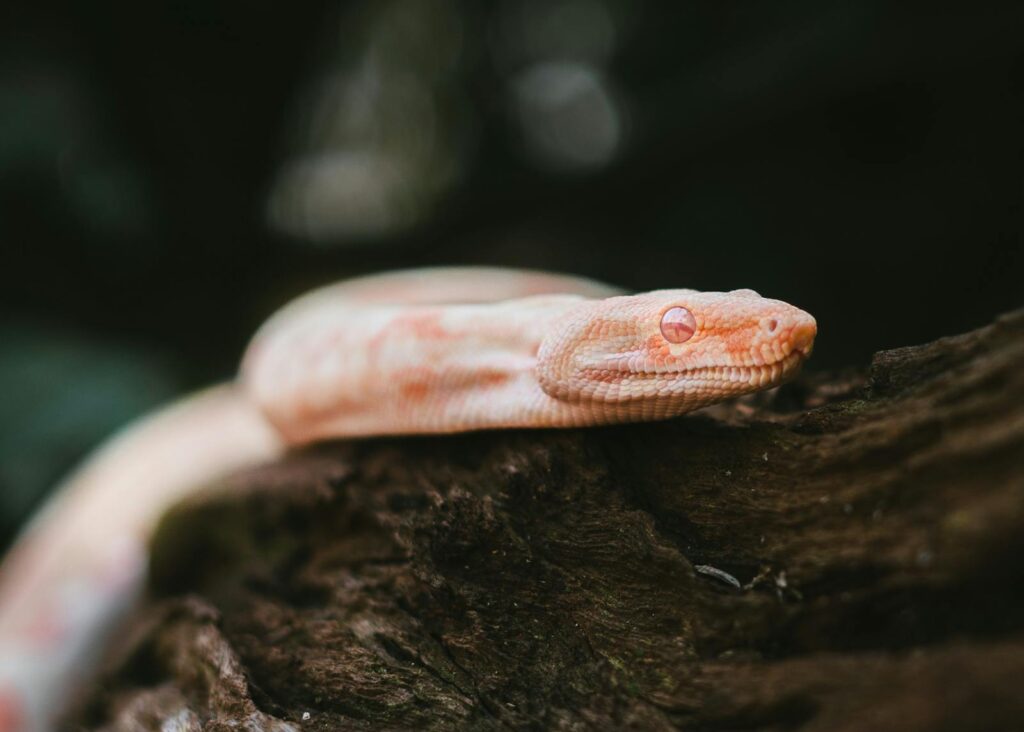
The arrival of European colonial powers brought significant disruption to indigenous understandings of serpent symbolism across Africa. Christian missionaries frequently interpreted local serpent veneration through the lens of biblical narratives, equating ancestral snake spirits with the tempting serpent of Eden or demonic forces to be exorcised rather than respected. Colonial ethnographers often recorded snake beliefs without fully comprehending their contextual meanings, sometimes sensationalizing aspects that seemed exotic while overlooking subtle theological complexities. This misrepresentation created lasting distortions in how African serpent traditions were understood both by outsiders and, eventually, by Africans educated in colonial systems. The demonization of snake veneration contributed to cultural suppression in many regions, driving certain practices underground or transforming them into syncretic forms that incorporated elements of introduced religions while maintaining core symbolic meanings beneath new terminology.
Contemporary Relevance and Evolving Traditions
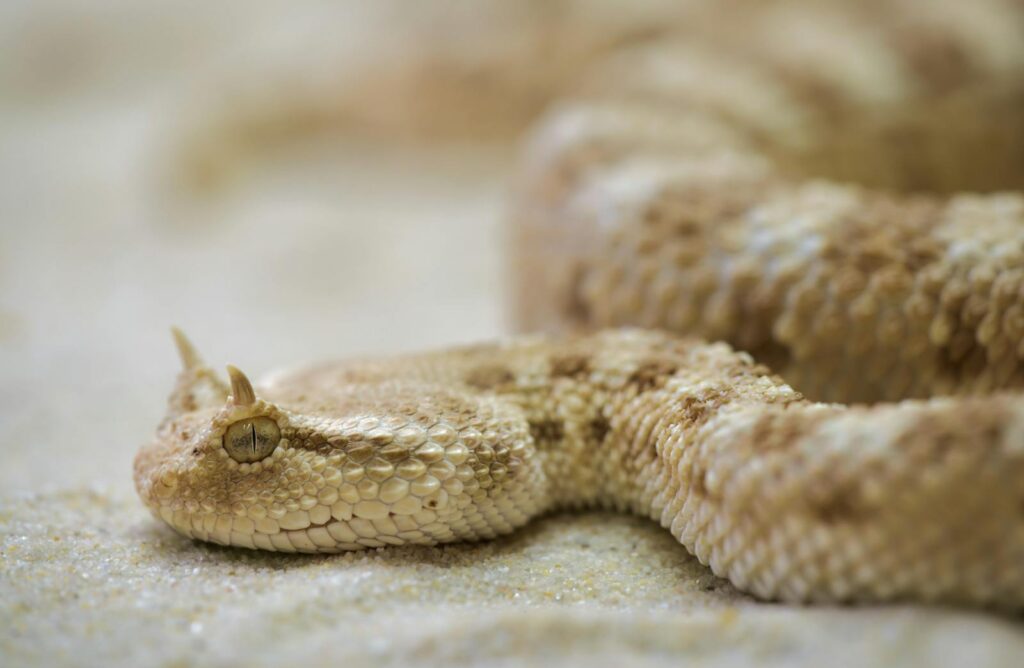
Despite colonial disruptions and rapid social change, serpent symbolism maintains significance in contemporary African contexts, often adapting to new circumstances. In some modern African literature and film, traditional snake imagery serves as a powerful metaphor for exploring themes of cultural identity, hidden knowledge, and environmental connection. Neo-traditional religious movements sometimes reclaim serpent symbolism as part of broader efforts to reconnect with pre-colonial spiritual traditions. Environmental conservation efforts in some regions draw upon traditional reverence for certain snake species to promote protection of these often-misunderstood creatures and their habitats. The flexibility of serpent symbolism allows it to remain relevant even in urbanized, technologically advanced contexts, where it continues to appear in everything from corporate logos drawing on traditional imagery to contemporary art installations exploring cultural heritage and identity.
In the winding path through African folklore and legends, snakes emerge not merely as animals but as complex symbols carrying layers of meaning accumulated over centuries. Their portrayal reflects the sophistication of traditional African philosophical systems, which recognized ambivalence rather than absolute categories of good and evil. The serpent’s ability to shed its skin made it a natural symbol for transformation and renewal; its connection to the earth linked it to fertility and ancestral presence; its potential danger commanded respect while its beauty inspired admiration. This multifaceted symbolism demonstrates how African cultures developed nuanced relationships with the natural world, finding in the snake a powerful emblem for exploring fundamental questions about life, death, knowledge, and power. As Africa continues to navigate between tradition and modernity, the snake remains a potent symbol whose meanings continue to evolve while maintaining connections to ancient wisdom.

